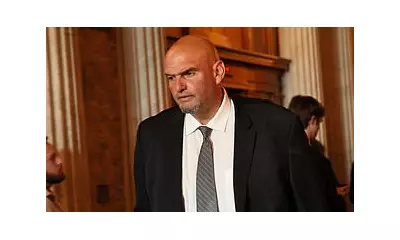
A significant judicial decision in Birmingham has sparked widespread debate after a Muslim man was spared an immediate prison sentence for a knife attack on a protestor.
The Incident at the Community Centre
The case centres on an altercation that took place outside a community centre in the Aston area of Birmingham. The court heard that the attacker, a 21-year-old man, approached a group of individuals protesting against an event at the centre. The protestors were reportedly displaying slogans and placards that were deemed deeply offensive to the Muslim faith.
The Judge's Controversial Rationale
In a ruling that has drawn criticism, Judge Sydney Davis acknowledged the seriousness of the offence, which involved the defendant producing a knife and slashing the arm of a 39-year-old male protestor. However, the judge suspended the 21-month sentence for two years. He stated that the defendant's actions were a direct result of being 'provoked beyond measure' by the inflammatory nature of the protest, which targeted his religion.
The judge elaborated, suggesting that while violence was not condoned, the 'extreme and personal nature of the religious insults' was a mitigating factor that significantly reduced the defendant's culpability.
Victim's Outrage and Public Backlash
The victim, who required hospital treatment for his injury, expressed shock and anger at the sentence. He argued that the ruling sets a dangerous precedent, potentially justifying violence based on subjective feelings of offence.
Legal experts and campaign groups have voiced strong concerns. Critics argue the decision appears to create a two-tier justice system where violent acts can be excused if the perpetrator claims their religious sensibilities were provoked. This case has ignited a fierce discussion about the limits of free speech, the right to protest, and the principles of equal justice under the law.
What Happens Next?
The defendant will be subject to the conditions of his suspended sentence. However, the broader implications of this case are likely to resonate far beyond the courtroom. It raises pressing questions about how the legal system should balance protecting religious communities from hate speech while upholding a zero-tolerance approach to violent crime.





